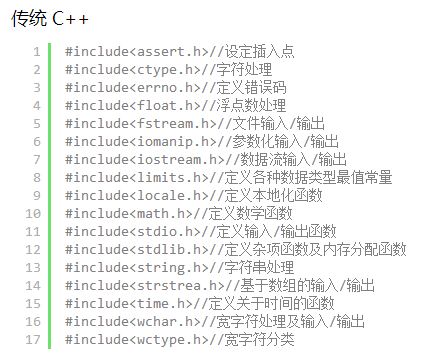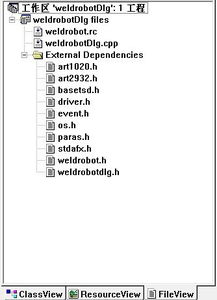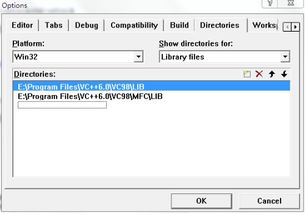
In-Depth Guide to C++ Include Header Files
When working with C++, understanding how to include header files is crucial for writing efficient and effective code. Header files contain declarations and definitions that are necessary for the compilation of source files. By including the appropriate header files, you can leverage the power of the C++ Standard Library and other libraries to simplify your programming tasks. Let’s delve into the details of including header files in C++.
Understanding Header Files

Header files in C++ are text files that contain declarations and definitions of functions, classes, and macros. They are used to make the declarations and definitions available to other source files. When you include a header file in your source file, the preprocessor takes care of including the contents of the header file into your source file before compilation.
There are two types of header files in C++: system header files and user-defined header files. System header files are provided by the C++ compiler and are located in the standard library directories. User-defined header files are created by the programmer and are typically stored in the same directory as the source files or in a separate header file directory.
Including System Header Files

System header files are included using the angle brackets (<>) syntax. This syntax tells the preprocessor to look for the header file in the standard library directories. Here are some commonly used system header files in C++:
| Header File | Description |
|---|---|
<iostream> |
Contains declarations for input/output stream objects such as `std::cout` and `std::cin`. |
<vector> |
Contains declarations for the `std::vector` container class. |
<algorithm> |
Contains declarations for various algorithms, such as sorting and searching. |
<string> |
Contains declarations for the `std::string` class. |
For example, to include the `
include <iostream>Including User-Defined Header Files

User-defined header files are included using the double quotes (“) syntax. This syntax tells the preprocessor to look for the header file in the current directory or in directories specified by the include path. Here’s an example of including a user-defined header file:
include "myheader.h"In this example, `myheader.h` is the name of the user-defined header file. If the header file is located in a different directory, you can specify the path to the directory using the `include` directive. For example:
include "headerfiles/mymodule.h"Using Include Guards
When including header files, it’s important to use include guards to prevent multiple inclusions of the same header file. Include guards ensure that a header file is included only once during the compilation process. Here’s an example of using include guards:
ifndef MYHEADER_Hdefine MYHEADER_H// Header file content goes hereendif // MYHEADER_HIn this example, `MYHEADER_H` is a unique identifier for the header file. The `ifndef` directive checks if `MYHEADER_H` is not defined, and if so, it defines it and includes the header file content. The `endif` directive is used to end the include guard.
Conclusion
Understanding how to include header files in C++ is essential for writing effective code. By including the appropriate system and user-defined header files, you can leverage the power of the C++ Standard Library and other libraries to simplify your programming tasks. Remember to use include guards to prevent multiple inclusions of the same header file and to use the correct syntax for including system and user-defined header files.




